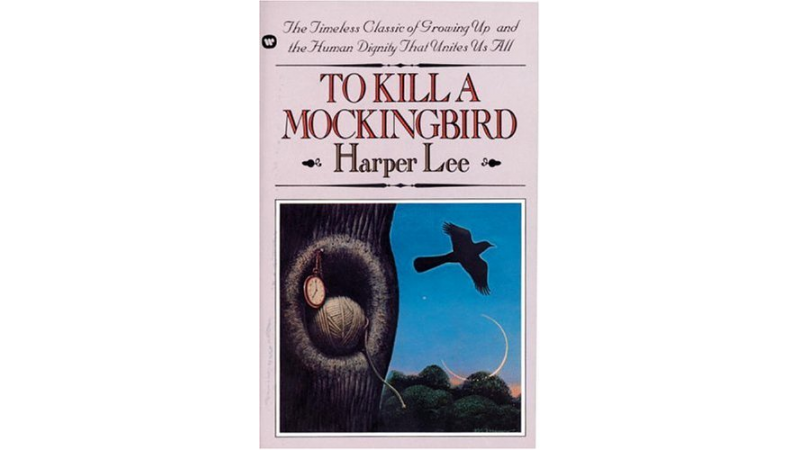 On this day in 1960, To Kill a Mockingbird was published.
On this day in 1960, To Kill a Mockingbird was published.
I first read To Kill a Mockingbird in my seventh-grade literature class, and I still remember the essay question we were asked on our final exam. “Describe one scene from the novel that made you laugh, one that made you weep, and one that made you think. Then explain why those scenes made you react the way you did.” I stared at the paper for several minutes, completely stumped. There were plenty of scenes in the novel that had made me weep, and even more that had made me think. But laughter? To Kill a Mockingbird was not a laughing kind of book.
But the more I thought about it during that exam, and the more I reread the novel in later years, the more I realized that To Kill a Mockingbird definitely has its moments of humor. Many of them center on my favorite character, Dill, aka young Truman Capote. I giggle whenever I read the scene where he asks Scout to marry him, and laugh even harder when Scout decides that he is ignoring her and that the best way to deal with this is beating him up. And the outlandish stories the kids make up about their neighbors? They get me every time.
To Kill a Mockingbird is certainly a story that deals with the darkest parts of humanity, the parts that we’d often like to sweep under a rug. That, I think, is why the book has been so susceptible to being banned over the years. But by telling the story through Scout’s eyes, Harper Lee shows us that there’s still light and laughter and innocence in the world. That kids will be kids, no matter what horrific things are going on around them.
At the very end of the novel, Scout muses that she and her brother Jem have now learned everything there is to learn in the world, “except maybe algebra.” For me, that sentence really captures the spirit of the novel. The things that have happened to Scout and her family have stolen a good deal of her innocence, but she still has enough of it left. In spite of everything, she’s still a little girl with growing left to do.
--Melissa Luttman



